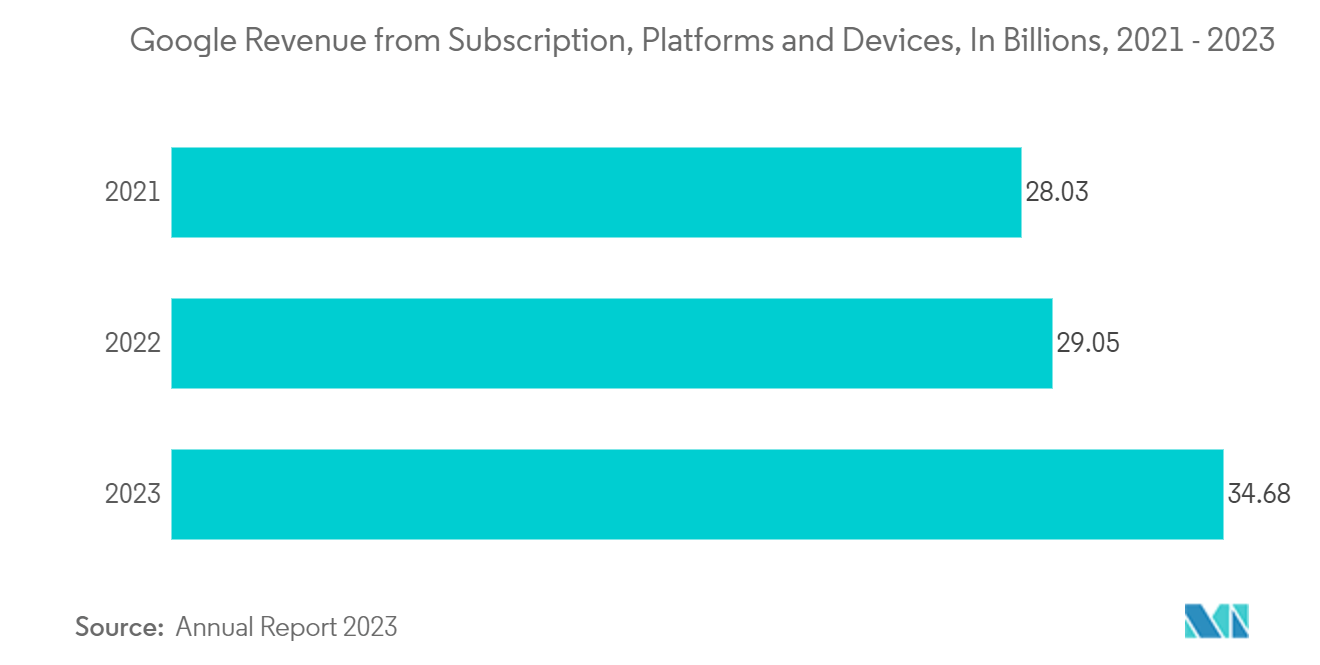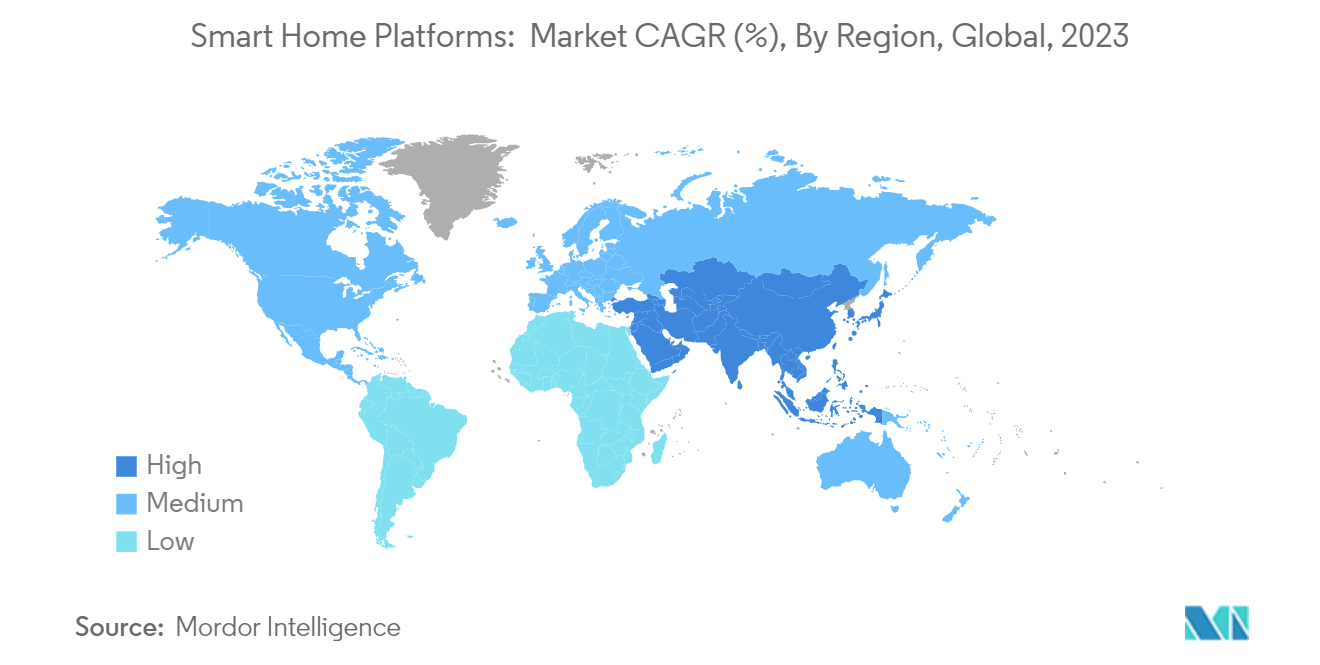Market Trends of Smart Home Platforms Industry
Smart Home Software Platforms are Experiencing Demand
- There is a rising demand for software platforms that unify various smart home devices into a single, cohesive system. Both consumers and businesses are gravitating toward software solutions capable of managing and controlling a diverse array of devices, even if they are from different manufacturers. Notably, strides have been made to ensure interoperability among devices from various producers. Standards and protocols, such as Z-Wave, Zigbee, and Matter, are playing pivotal roles in guaranteeing seamless collaboration between devices, thereby accelerating the adoption of smart home platforms.
- Matter, an open-source protocol, facilitates the control of diverse devices across multiple brands. Spearheaded by the Connectivity Standards Alliance, Matter boasts backing from a vast array of industry players. This coalition spans tech giants like Apple, Google, and Amazon, as well as leading manufacturers such as Samsung and LG, as well as niche accessory brands like Nanoleaf, Eve, and TP-Link. This unprecedented unity in the industry bolsters Matter's potential for success. Correspondingly, these companies have seen a surge in revenue from their related services. A case in point is Google, which reported a robust USD 34.68 billion from its subscriptions, platforms, and devices, showcasing a consistent upward trajectory over the years.
- With the Matter standard now embedded in all leading smart home platforms—Amazon Alexa, Apple Home, Google Home, and Samsung SmartThings—there is a significant shift in the market dynamics. Devices no longer require individual certification for each platform, streamlining the process and propelling the market’s growth.
- Subscription-based software models not only ensure a steady revenue stream for companies but also facilitate continuous updates and support, fueling the rising demand for software solutions. At the Consumer Electronics Show (CES) 2024, Oliver IQ unveiled its revolutionary Smart Home as a Service (SHaaS) platform. This launch was a pivotal moment in the smart home industry, introducing a subscription model that boasts unlimited support and a user-friendly app, enabling genuine automation for today's leading smart home devices.
- OliverIQ is poised to swiftly expand its SHaaS platform, providing extensive product support, unlimited online and phone assistance, in-home services, and vigilant security system monitoring. This innovative approach positions OliverIQ's SHaaS platform as a trailblazer, streamlining smart home device interoperability for consumers. Such advancements are not only enhancing the appeal of smart home software but are also amplifying the demand for cutting-edge smart home solutions.

North America is Driving the Market
- Smart home technologies are most widely adopted in the United States and Canada. US and Canadian consumers are increasingly turning to solutions that offer home automation, enhanced convenience, robust security, and efficient energy management. A growing number of Americans now own at least one smart home device, with notable upticks in the adoption of smart security cameras, sensors, and alarms, which is driving the use of smart home platforms.
- There is a growing trend toward offering smart home platforms as a service within the region. Subscription models allow consumers to access premium features, regular updates, etc. Companies like Control4 are leading automation systems for businesses and homes, offering smart home systems that are personalized and unified to automate and control connected devices, including lighting, audio, video, climate control, intercom, and security.
- Voice assistants, including Amazon Alexa, Google Assistant, and Apple Siri, have become commonplace. AI-driven features, such as voice recognition and natural language processing, are evolving, allowing for more intuitive interactions with smart home systems. Data from Vorhaus Advisors, based on a survey conducted in 2024 of 1,947 US respondents aged 18 and older, revealed that 61% owned a connected smart TV, 26% possessed a voice-activated device, and 16% had smart lighting solutions.
- As energy efficiency and sustainability gain prominence, there is a surge in demand for smart devices. These include thermostats, lighting, and appliances that not only curtail energy consumption but also trim down utility bills. Leading the charge, devices like Google's Nest Learning Thermostat are revolutionizing energy efficiency in US homes, subsequently propelling the adoption of smart home platforms.
- Unlike conventional programmable thermostats, these advanced devices harness real-time data to fine-tune energy usage, taking into account variables such as weather, user preferences, and energy pricing. A Schneider Electric Canada survey revealed that 79% of Canadian homeowners recognize smart home technology, and 78% believe it can help them cut electricity bills.
- Industry leaders are crafting advanced software platforms that ensure seamless integration and control over a multitude of smart home devices. Many of these platforms come equipped with cloud-based services, allowing remote access and sophisticated data analytics. In addition, there is a burgeoning trend of offering smart home technologies on a subscription basis, enabling consumers to access a suite of functionalities, further fueling the market’s growth.


